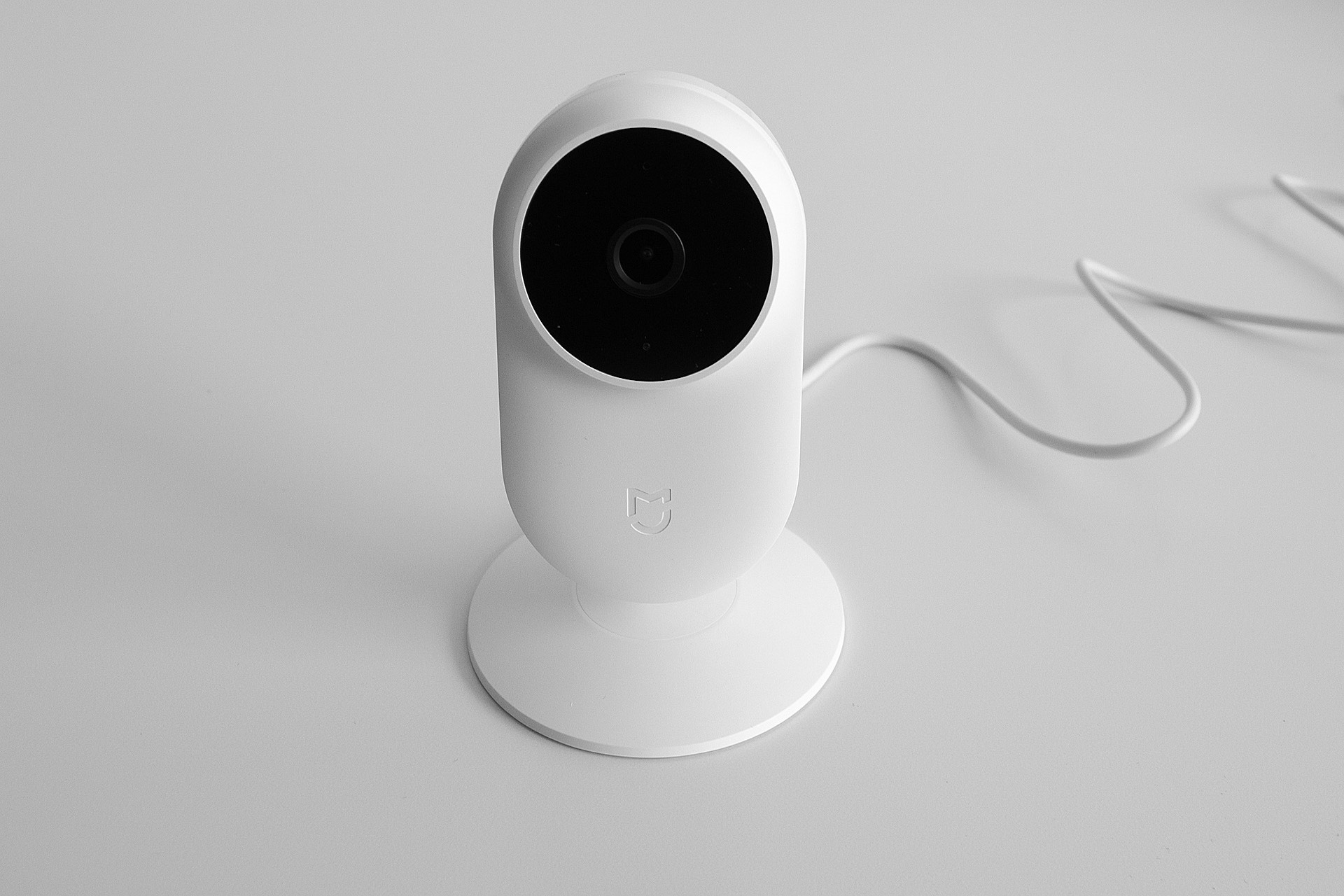The onset of the COVID-19 pandemic instigated a significant transformation in the American work environment, necessitating over 25% of the workforce to shift from conventional office settings to remote work arrangements within their residences. This transition was accompanied by a notable increase in the utilization of smart or "Internet of Things (IoT)" devices, with 70% of households in the United States already owning a minimum of one such device. Regrettably, this swift integration of IoT technology also led to a steep escalation in cyberattacks, manifesting in a staggering 1.5 billion reported breaches during the initial half of 2021.
Smart devices have become integral to our daily lives, from controlling household appliances to monitoring security. However, this increased connectivity has made individuals and organizations more susceptible to cyber threats. Shockingly, the average smart device falls victim to an attack within a mere five minutes of being connected to the internet. To compound the issue, experts estimate that a smart home equipped with various IoT devices may face an astonishing 12,000 hacking attempts in a single week.
Looking ahead, the forecast is bleak in terms of cybersecurity. Research predicts that the number of smart devices ordered will double between 2021 and 2025, intensifying the vulnerability of personal and corporate systems. The proliferation of IoT devices will exponentially expand the network of potential access points for cybercriminals. By 2023, cellular IoT connections are anticipated to reach a staggering 3.5 billion, further amplifying the risk.
One concerning projection suggests that over a quarter of all cyberattacks targeting businesses by 2025 will be IoT-based. The rising number of IoT devices is essentially creating a digital playground for hackers, offering numerous entry points for unauthorized access. The interconnectedness of these devices, coupled with inadequate cybersecurity measures, paints a worrisome picture for the future of data privacy and security.
In response to this impending threat, both individuals and organizations must prioritize cybersecurity. Implementing robust security measures, regularly updating devices, utilizing strong passwords, and investing in reputable antivirus software are crucial steps toward fortifying our digital fortresses. Additionally, educating the public about cybersecurity best practices and promoting a culture of vigilant awareness will play a pivotal role in mitigating the risks associated with the ever-expanding IoT landscape.
Ultimately, as society continues to embrace the convenience and innovation of IoT devices, it's imperative that we remain proactive in safeguarding our digital lives. The key to a secure future lies in our collective commitment to cybersecurity and the responsible adoption of cutting-edge technologies.
Sources and additional reading:

